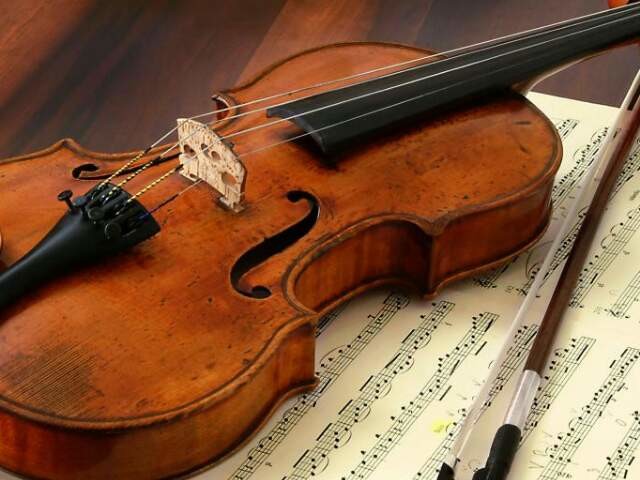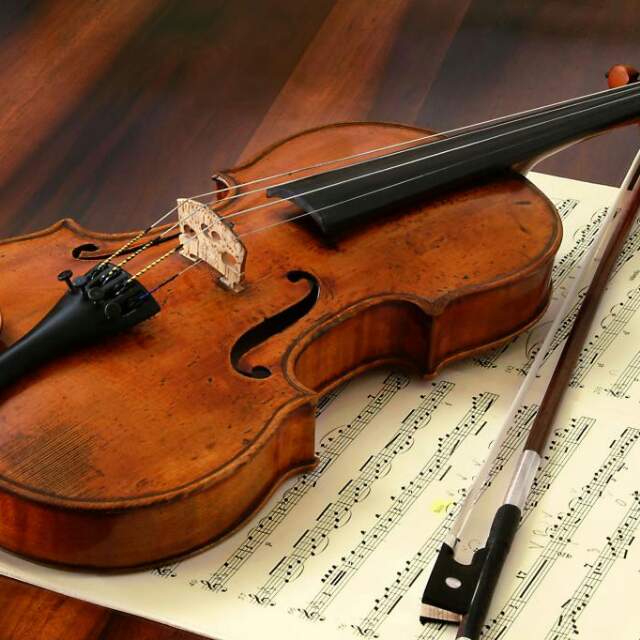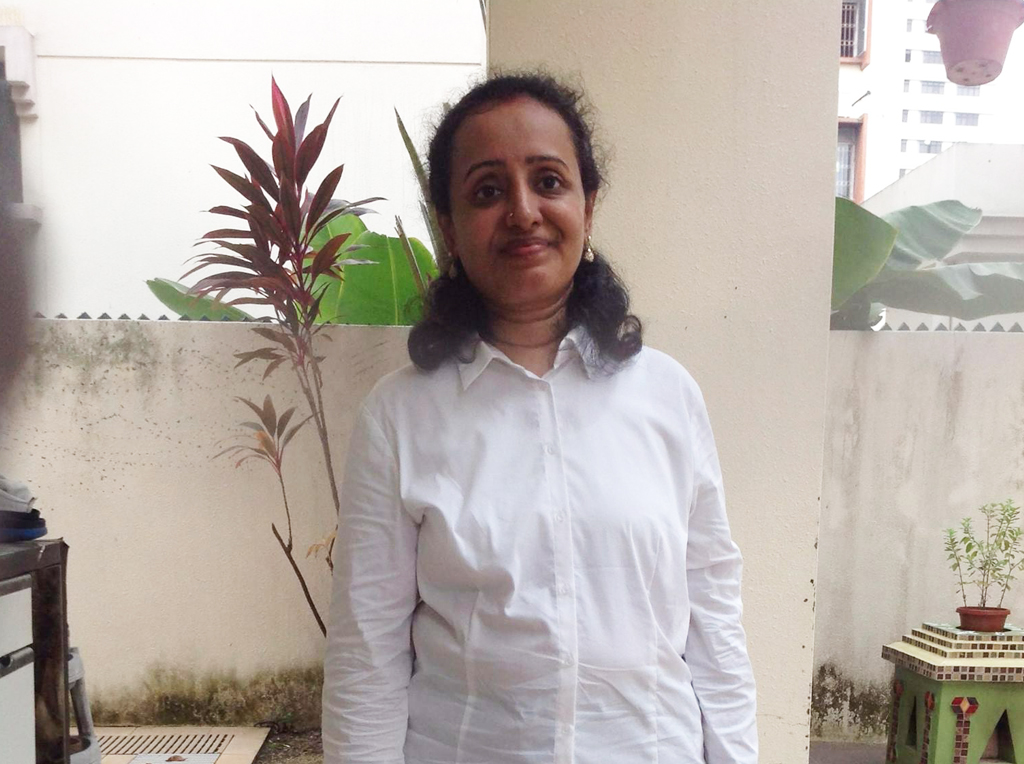(continuation from the previous issue)
Dr Radhika Jaidev
The Post Sangam Era
While the Sangam era was known for its literary works with nature, the environment, love and human relationships as their central themes, the post Sangam era was distinctly different in that the themes of the music and poetry focused on religion. 3.1 Influence of Buddhism and Jainism Towards the end of the Sangam period, around 2nd to 3rd Century, Buddhism began to gain popularity in South India and the Kalabra kings who occupied the Chola country promoted it as the religion of love, compassion and forgiveness. In that vein, one of the five great epic poems in Tamil literature, Manimekalai, deemed to be the sequel to Silappathikaram, was written by Sithalai Sathanar (or Chithalai Chathanar), a Buddhist monk who brought to light, through this epic poem of some 30 cantos, the virtues of Buddhism and the concept of Dharma. In this epic poem, Manimekalai, the daughter of two of the key protagonists in Silappathikaram, Kovalan and Madhavi, becomes a Buddhist monk or Bikkuni. There is considerable debate over the date of the composition of this great work- that it was written before the 5th century (Aiyangar, 1928), that it was likely composed in the 6th Century (Richman, 2003) and that based on linguistic assessment, it was even written sometime in 8th or 9th Century (Hikosaka, 1989). According to Zvelebil (1974), Manimekalai was written in Akaval metre which is a kind of verse, interspersed with alliteration and rhyme. “The meter is adapted to a narrative flow. Its metrical effect is similar to that of iambic verse of varying length (since an Akaval stanza may have unlimited lines) and therefore it has the sweep of English blank verse. Stanzas in Akaval were recited, not sung by the Bards who were probably accompanied on a stringed lute-like instrument (yal) and/ or by drumming and it possible that some of these stanzas were enacted by female dancers (virali)”
The Bhakthi Movement
In contrast to the secular themes of nature, love, human relationships, social customs and practices of the Sangam period, the overarching theme of the Bhakthi Movement was religion. Some of the earliest Tamil compositions in this period were the Tevaram of the Saiva (devotees of Siva) saints and the Nalayira Divya Prabhandhams (4000 songs) of the Vaishnava (devotees of Vishnu) saints. The music of the Tamil tradition comprised four tempos, the Mudal Nadai, Varam, Koodai and Tiral. The first was very slow and the last was extremely racy. There were more than 9000 Tevaram sung in Varam or the second tempo. The key figures of the Tevaram tradition were Manickavachakar, Tirugnanna Sambandar, Tirunavukkarasar and Sundaramurti. Manickavachakar composed 700 songs known as Tiruvachakam. The other three or the Tevaram Trinity or Moovar, as they commonly came to be referred to as, were Thirunavukkarasar or Appar (7th Century), Sundarar and Gnanasambhandar. Appar alone wrote some 40,000 verses of which only 3110 have been retrieved. According to Venkatasubramaniam (2010), expresses that Tevaram which were collated during the Pallava period and considered to be the Tamil equivalent of the Sanskrit Veda, began to be sung in temples in AD750 and this we know from the Paalur inscription of Rajakesari, the Tiruvaduturai inscription of Parantaka, and the Aandanallur inscription of Uttama Chola. All three inscriptions bear evidence of the practice of singing Tevaram as well as attribution to the singers. Tamil Moovar or the Tamil Trinity, Muthu Thandavar (1520-1600), Arunachala Kavi (1711-1778) and Marimuthu Pillai (1712-1787), were composers of distinction who lived and made music five decades prior to the advent of the Carnatic music trinity, namely, Tyagaraja (1767-1847), Muthuswami Dikshithar (1775-1835) and Syama Sastri (1762-1827) (Kumar, 2014, 2016). The musical innovations of the Tamil Moovar, all three of whom hailed from the Seerhazhi district of Tanjavur, led to the evolution of the kriti, or specific song type which is still sung today.
In fact, Muthu Thandavar (1520-1600 CE) has been lauded as an early architect of the kriti format which comprises a pallavi (introductory two lines of a kriti), anupallavi (middle stanza of a kriti) and charanam (concluding stanza of a kriti). He has been said to have composed some the most popular padam (specific song format for Bharatnatyam dance) which are still performed today (Subramaniam, n.d.). Sadly, not even a handful of his compositions are traceable today. One common factor among all three of these musical greats was that they are from Sirkalai.
Photo Courtesy: Mr Sivakumar








No Comment